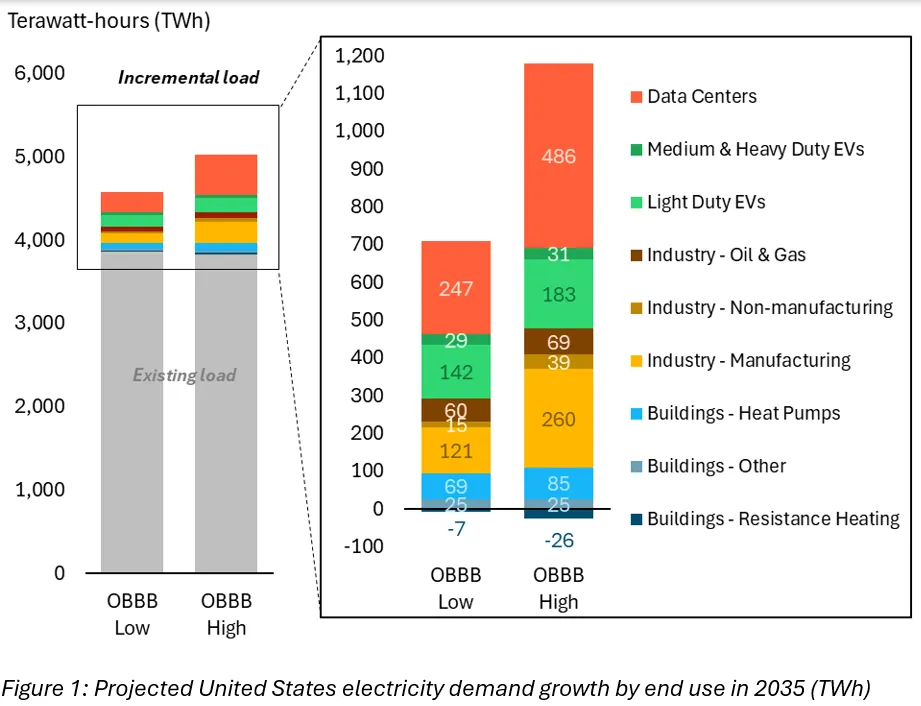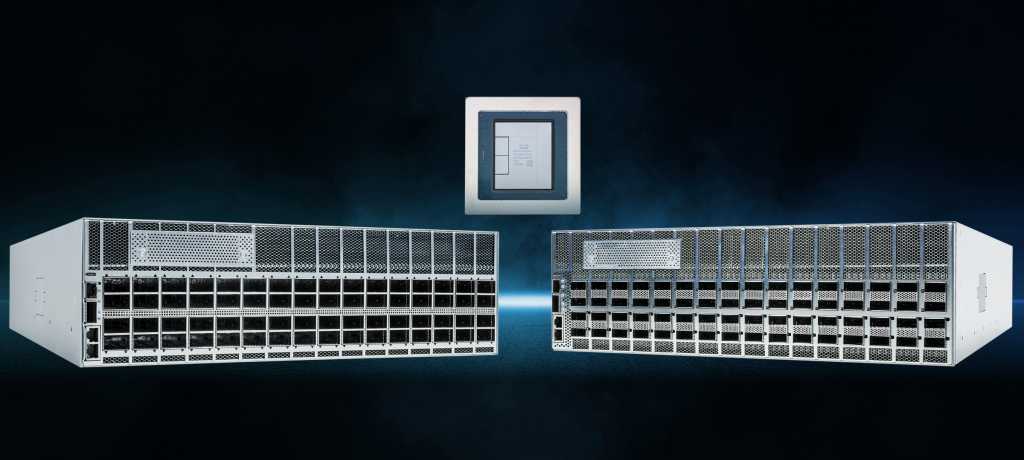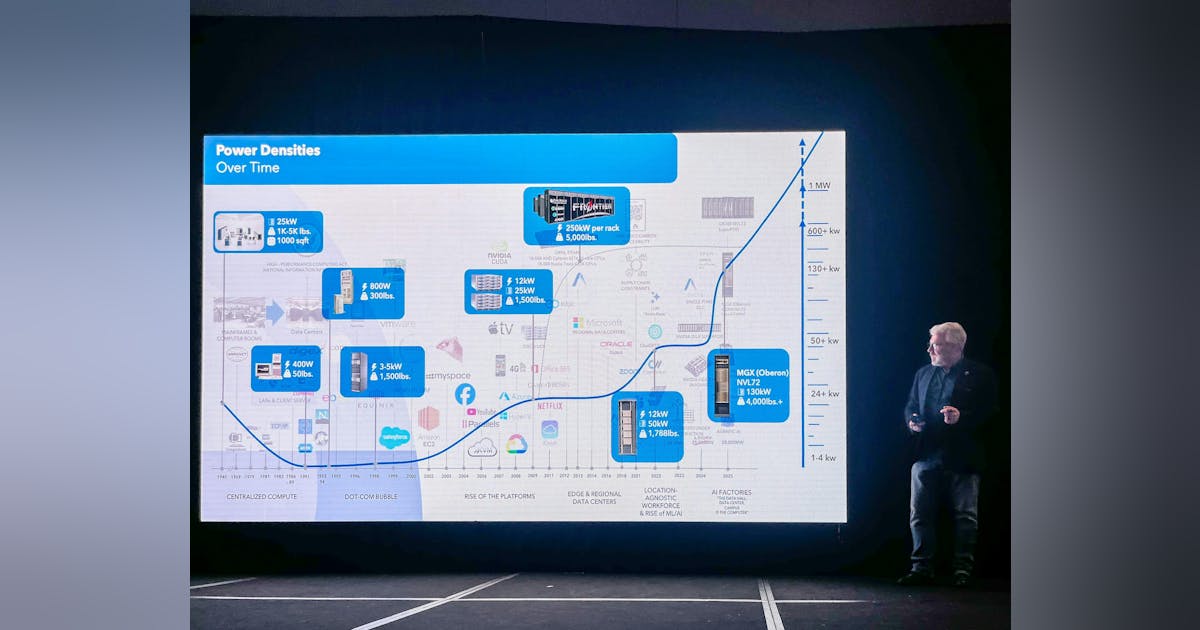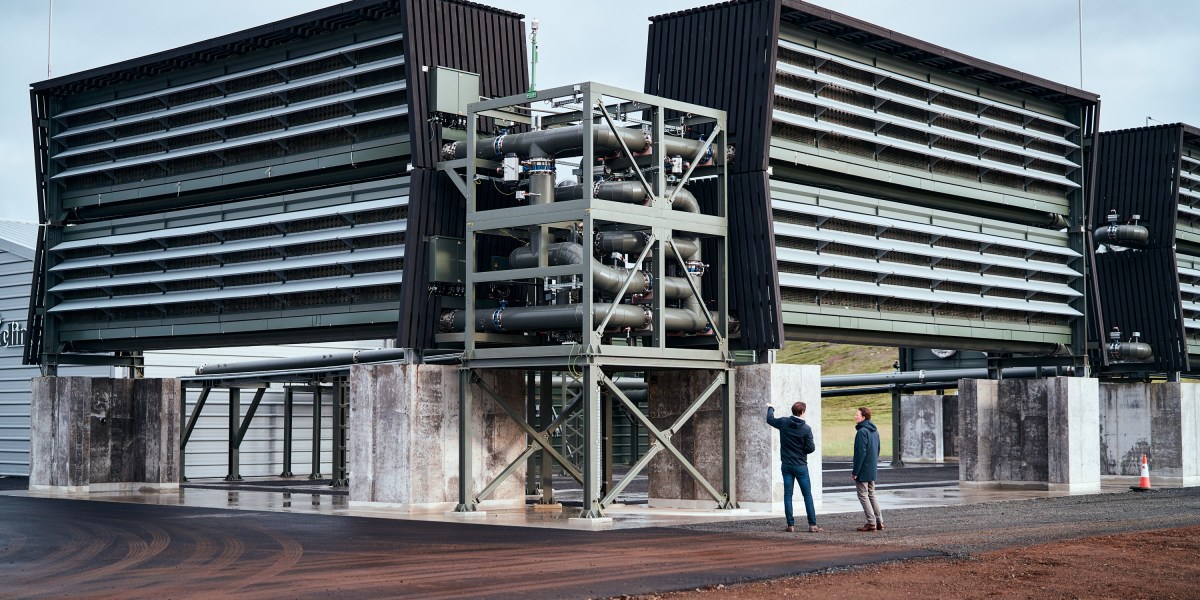
Oil rose to the highest in a week after a government report showed a decline in domestic product stockpiles, while strength in broader markets supported crude prices.
West Texas Intermediate climbed 1.3% to trade above $62 a barrel, aided by gains in US equities. The Energy Information Administration reported a 763,000-barrel weekly drop at the Cushing hub in Oklahoma, as well as lower oil-product holdings across the board. US distillate stocks, in particular, saw the largest decline since late June.
Price gains are still capped by the outlook for ample global supplies, with OPEC+ ramping up production and the US forecasting record domestic output this year. Russian exports are also close to a 16-month high as Ukrainian drone strikes against refineries cut domestic processing.
“The disconnect continues between paper pricing and the predicted glut in global balances,” said Keshav Lohiya, founder of consultant Oilytics. “We are back to an oil trading world where flat price is firmly in the $65 to $70 world.”
Goldman Sachs Group Inc. reaffirmed its bearish outlook on oil, saying the global market faces an average daily surplus of about 2 million barrels from this quarter through next year. That will drag prices lower, with Brent expected to average $56 a barrel in 2026, analysts including Yulia Grigsby said in a note.
In corporate news, Exxon Mobil Corp. signed agreements that lay the groundwork for it to explore Iraq’s giant Majnoon oil field, ending the company’s near two-year hiatus in the country.
Oil Prices
- West Texas Intermediate for November delivery advanced 1.3% to settle at $62.55 a barrel in New York.
- Brent for December settlement climbed 1.2% to settle at $66.25 a barrel.
What do you think? We’d love to hear from you, join the conversation on the
Rigzone Energy Network.
The Rigzone Energy Network is a new social experience created for you and all energy professionals to Speak Up about our industry, share knowledge, connect with peers and industry insiders and engage in a professional community that will empower your career in energy.






















